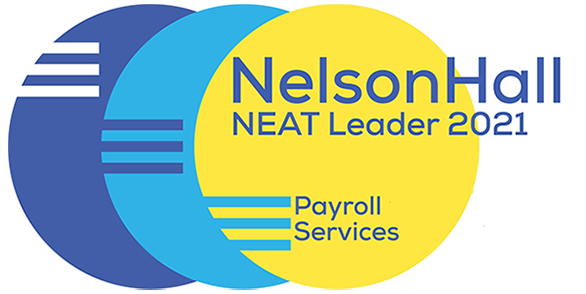
HR professionals are often charged with running point on certain internal communications and change management initiatives. Here are five tactics to help you form an efficient internal communications plan for your organisation.
Efficient internal communication and change management strategies are crucial for leaders to stay connected with their workforces, while supporting retention and engagement. This has been especially relevant over the last few years as organisations have needed to communicate about COVID-19, and many other important information like returning to work, safety protocols, supply chain challenges and more. Internal communications are not for the faint of heart.
However, even the largest organisations often lack dedicated internal communications resources. So, what happens? HR professionals are stepping up to the plate sometimes without any communications training or experience. So where do you start?
Here are five essential steps for pulling together an effective internal communication strategy.
1. Start by asking the right questions
An effective internal communication strategy involves posing the right questions to the right group of people. For example, you may want to bring in a core team, which could include an executive sponsor, field HR support, external communications or marketing representatives, and practitioners to discuss the project and gain multiple viewpoints on the best way to roll the change out. Points to discuss include:
- What's changing and why?
- Who does it impact?
- What's in it for them?
- What do they need to know or take action on?
- How can you best connect with all key stakeholders?
Once you have these insights, it will help you develop key elements for an internal communications plan.
2. Get to know (and engage with) your stakeholders
When building your communications strategy, keep in mind who you need to reach – is it all employees, managers only, new hires, former employees or even retirees? Map out who your key constituents are as part of your planning process.
In many cases, you'll need to address multiple stakeholder groups with different needs. For example: people managers may need to know a different level of information than their employees would. Make sure all stakeholders are identified so that information is distributed to the right people at the right time in the right way. For example:
- How does information cascade to your organisation?
- Are there groups that don't have email, who will rely on managers for information at the front lines?
- Does information need to be translated into multiple languages?
- Are there multiple shifts that need to be considered when deploying information?
As you are thinking about activities, programs and communications for your workforce, keep in mind how they may be perceived. For example, imagine you're developing a plan to promote a "back to work" fitness event. If many of your workers are hybrid or remote, receiving an email about an on-site yoga class might leave them feeling disconnected. By defining their needs ahead of time, you can develop a strategy that involves more relevant offerings, such as an on-demand class that can be accessed by employees who can't be on-site. That small step can help demonstrate your consideration of all stakeholders.
3. Leverage a variety of communications channels
Communications needs and channels are always evolving, and during the pandemic a Harvard Business Review study noted that 78% of organisations introduced new communications channels to help deal with the COVID-19 crisis. Organisations moved quickly to institute new ways of communicating with their workforces – through things like social collaboration tools, text, socially distanced meetings, QR codes and more.
For HR reps navigating efficient internal communication planning, it's important for them to look at what communications channels are available within their organisation. Important to note that many organisations have an employee base with little or no access to email. That said, when you're working on your plan, you may have a mix of people to reach – some may have email, others may not. Deskless workers may be in the field or on the floor, so other forms of communications need to be deployed like you need to consider posters or fliers for bulletin boards, break rooms and even messages to the home.
If you're developing a plan around benefits open enrollment, for example, your channel mix might include virtual sessions, on-site meetings, printed materials that are sent to employees' homes and on-demand office hours with HR reps who can answer questions.
4. Get creative with your delivery
People are 30 times more likely to read an infographic over text, according to HubSpot. At the same time, the organisation reports that 80% of people remember what they see, while only 10% remember what they hear.
This is why using a mix of communications modes – like videos, huddles before shifts, infographics, fliers with QR codes, and contests – can all be options to consider.
5. Pull everything together into a formalised plan
HR professionals are often charged with running point on certain internal communications and change management initiatives. If that's the case, draft a plan based on the above steps and your past experience with your employee population. Then share with the stakeholders you assembled in step three. Reviewing a drafted plan often reveals additional needs that brainstorming in a meeting won't. Finalise the plan with the team, then recruit them or their nominees to be your communications "champions" to help amplify the message with their teams and peers.
Once you've enacted your plan, take time to evaluate what worked and what didn't. Document those learnings for your reference next time.
This story originally published on SPARK, a blog designed for you and your people by ADP®.


